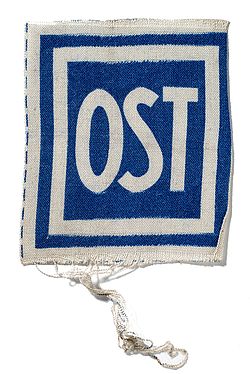A cornerstone of the NS-State
Logic and logistics of forced labour
Before the war began, forced labour was a means of exclusion and persecution. The social services obligated recipients of social benefits to do so if they were Roma, Sinti or Jews. In the so-called "anti-social forced labor" they had to perform mainly heavy physical labor for the communities.
In view of the failure of the Blitzkrieg strategy and the shortage of labour caused by the war, the Nazi regime decided in late autumn 1941 to employ millions of foreign workers. At first, men and women from all parts of occupied Europe were recruited, and later, mostly against their will, they were deported to Reich territory. In the occupied countries, too, people had to work for the German occupiers under duress.
In 1942, the National Socialists founded a special authority headed by Fritz Sauckel for the recruitment of forced labour. However, the exploitation of the millions of Nazi forced laborers took place on many levels: from the power centers in Berlin to the local offices on the spot.
The ideological racial madness of the National Socialists contradicted their economic interests: Jews, Roma and Sinti ended up in extermination camps, even if they were highly useful as forced laborers. Moreover, the treatment of Eastern Europeans was often so poor that they were hardly able to meet the work requirements.


